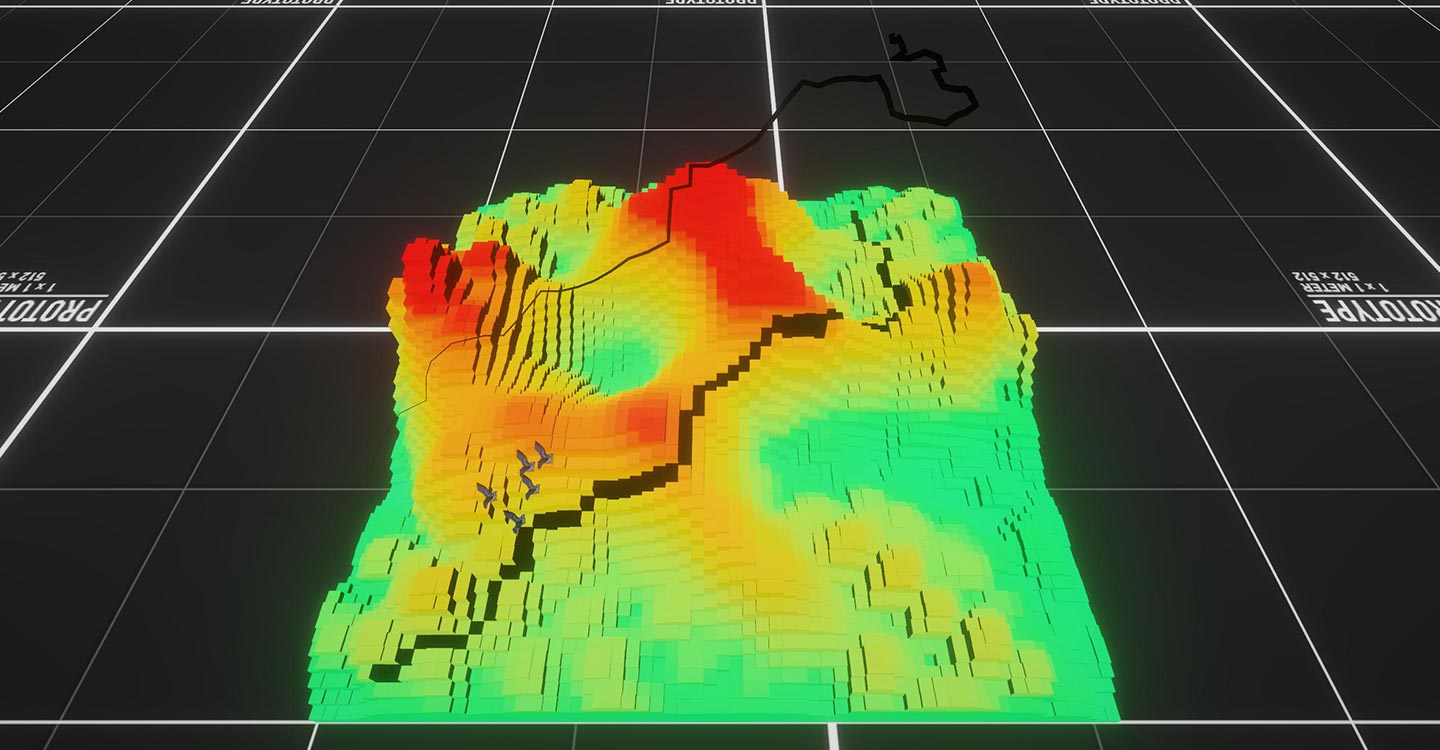
Air Path
Technical Achievements
Algorithm Optimization
Implemented an octile distance heuristic for more accurate diagonal movement estimation compared to traditional Manhattan distance, reducing unnecessary node evaluations by approximately 30%. Integrated terrain elevation analysis with configurable cost multipliers, enabling realistic path generation for units with varying movement capabilities.
Performance Engineering
- Achieved 10x performance improvement over GameObject-based implementations through Burst compilation
- Reduced memory allocations to zero during runtime using persistent Native Collections
- Optimized cache coherency through struct-of-arrays data layout
- Implemented efficient priority queue with binary heap for O(log n) operations
Architecture Design
Created a modular service layer abstracting the complexity of DOTS from gameplay code, enabling seamless integration into existing projects. Developed comprehensive boundary handling system with automatic position clamping and validation, preventing runtime errors from invalid pathfinding requests.
Visualization Tools
Built an extensible debug visualization framework featuring:
- Real-time heat map overlay showing terrain traversal costs
- Path visualization with customizable per-agent coloring
- Performance profiling integration for optimization analysis

Technologies & Skills Demonstrated
- Unity Technologies: DOTS, Burst Compiler, Job System, Native Collections
- Algorithms: A* pathfinding, octile heuristics, priority queues, spatial optimization
- Performance: CPU cache optimization, parallel processing, zero-allocation patterns
- Software Engineering: SOLID principles, service layer architecture, comprehensive error handling


.png)